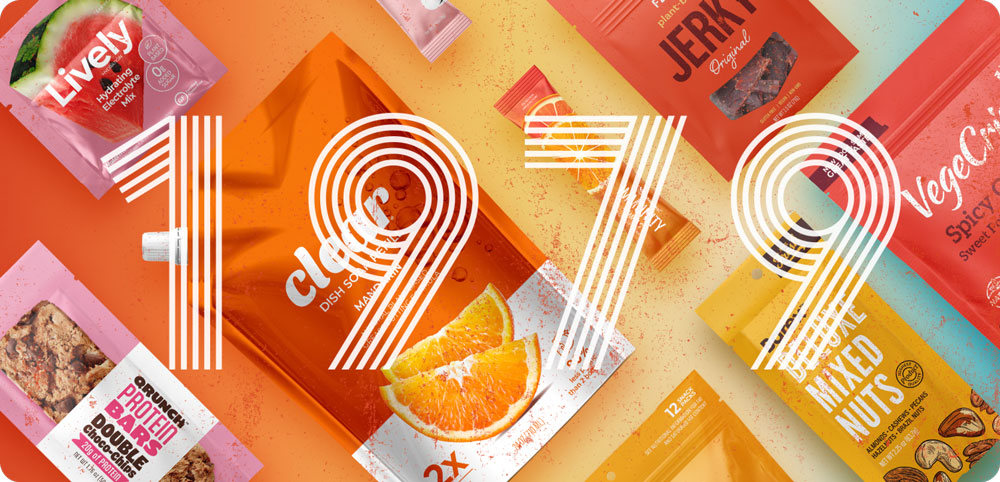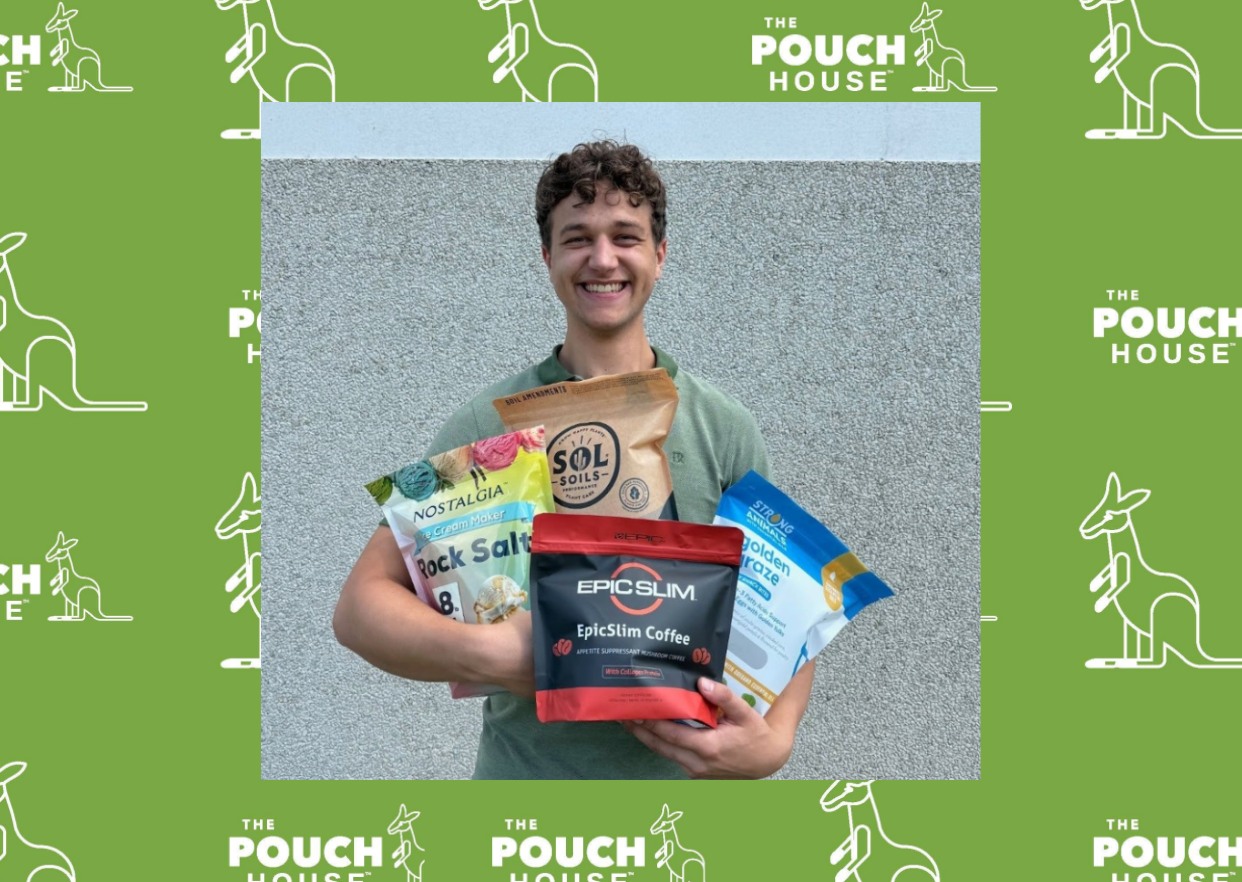
The Capri-Sun® Generation
1979 is fondly remembered for several things. Disco was at its peak, Sony introduced the Walkman and ESPN went on the air. It’s also the year I was born. I came along at the tail end of Generation X and was soon followed by the Millennials who now dominate the workforce.
If you’re into labels and packaging like me, you might also know 1979 as the year that Capri-Sun juice drinks first appeared on grocery shelves in the U.S. Founded in Germany ten years earlier, Capri-Sun entered the U.S. market in 1979 and was immediately recognized for two things:
1) The sweet, refreshingly fruity flavors.
2) The unique packaging format.
Capri-Sun was one of the first popular consumer brands to be sold in a type of container known as “flexible packaging.” Rather than the glass bottles, aluminum cans or folded paperboard cartons of the time, Capri-Sun dazzled American kids with its fun and innovative flexible packaging pouches.
Kids didn’t know (or care) that those clever laminated foil pouches were easier for mom and dad to cart around, or would help to keep the juice drink tasting fresh for up to a year. They just knew they liked it — and that positive experience has shaped the packaging industry to this day.
Millennials: The Capri-Sun Generation
Millennials have never known a time without flexible packaging and it shows. It’s no coincidence that flexible packaging is now a $41 billion industry in the U.S. and holds a 20% share of the domestic packaging market.
The millions of young Millennials who rode to soccer practice in minivans during the 1980s and 1990s — Capri-Sun juice pouches in hand — are now the 30-somethings who drive the consumer packaged goods industry. Millennials increasingly prefer their products to be sold in flexible packaging for many of the same reasons mom and dad were drawn to Capri-Sun in 1979.
- Flexible packaging possesses exceptional barrier properties and protects the product from moisture, oxygen and light.
- Flexible packaging is highly adaptable. Stand-up, lay-flat or spouted pouches. Stick packs or sachet packs. Resealable closures or single-serve convenience. Whether your product takes the form of a liquid, powder, solid or semi-solid, there most likely is a flexible packaging format to suit. In addition to Capri-Sun’s famous juice pouches, you’ve likely also encountered Crystal Light® powdered drink mix in stick packs, Emergen-C® vitamin C powder in sachet packs, and Cascade® dishwasher detergent pods in stand-up pouches. Four prominent consumer brands utilizing four distinct flexible packaging formats.
- Flexible packaging is lighter and more compact than a comparable rigid container, adding to its go-anywhere portability.
- Flexible packaging is shatterproof — unlike glass — and is resistant to the denting so common to aluminum cans.
- Flexible packaging also offers notable sustainability advantages compared to other forms of packaging. Because it is so much lighter than rigid packaging, it generates fewer carbon emissions during transportation. Flexible packaging also has a high product-to-package ratio, meaning fewer raw materials are used to bring a given product to market.
Want to grow your sales among the young, on-the-go and environmentally aware consumers who now dominate the market? Take a closer look at flexible packaging. The Capri-Sun Generation knows all about flexible packaging and they are eager to buy more products in this versatile format.

